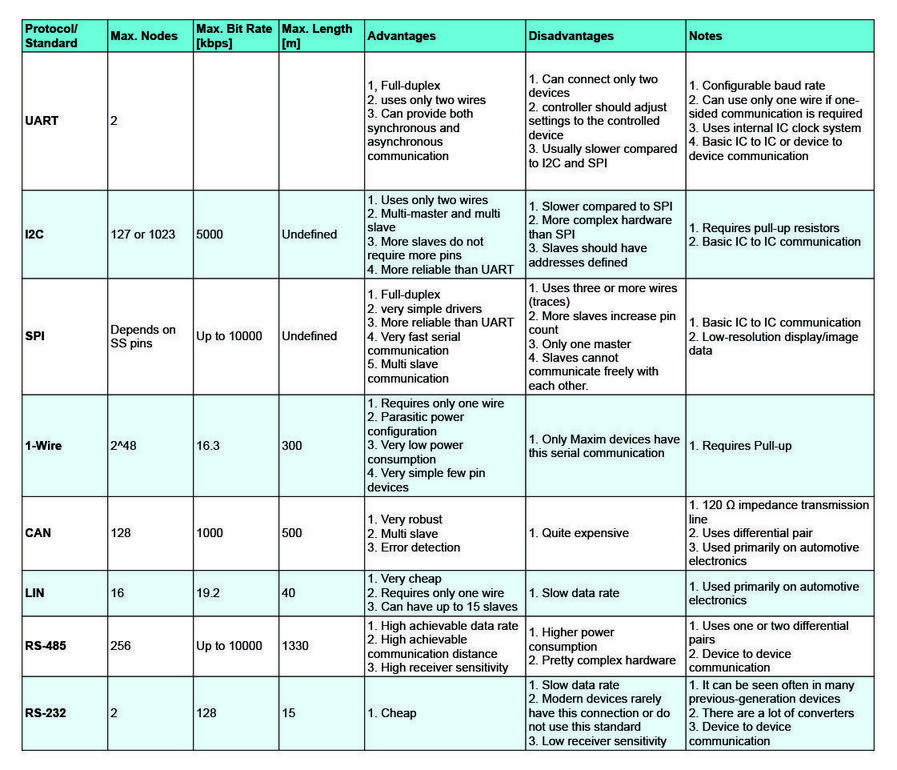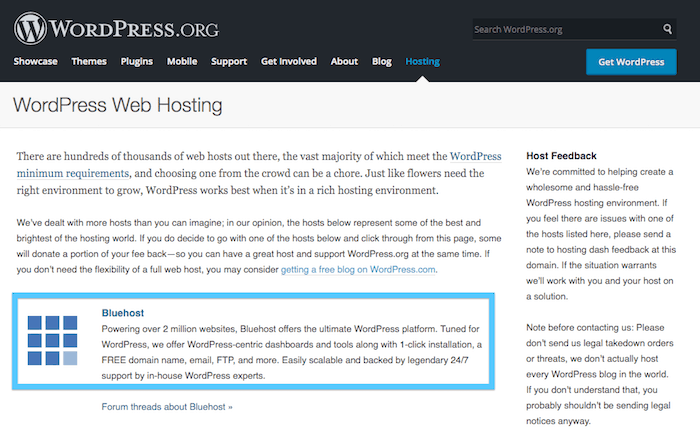
A load balanced diagram shows a network with application servers. Each server is provisioned according to its weight or power. Client requests for applications go to the most powerful application server. If you have three servers that are capable of processing applications, the two most powerful ones will be twice as powerful as their counterparts. The clients will request the same amount of data from each application server, but the requests will be routed to different servers.
Hashing algorithm
Diagram of a Load Balancer shows how requests are routed from healthy servers to those with IP addresses. Load Balancing uses the Hashing algorithm. The Hashing algorithm generates a requestId, which uniquely identifies each client request. The hashing algorithm is used to route the request to a desired server.
It is essential to havehing in distributed systems. This allows requests to be mapped equally between servers in a cluster. The cluster will need to do less work every time a ring is changed by keeping the hashing constant across all nodes.
Connection multiplexing
Connection multiplexing is a common method to distribute traffic across multiple servers. The load balancer selects the correct service for a client when they request it. ADC must keep track both of the initial connection and follow-on traffic. This is an important task because follow-on traffic can have two problems: persistence and connection maintenance.

Connection multiplexing in a load balancer diagram can be done by dividing the total number of connections by the number of servers. Each server has an assigned IP address as well as a port. The load balancer receives a request for particular services and will rewrite the packet to include its destination IP address.
SSL passthrough
SSL passthrough is a great way to configure SSL in a loadbalancer. It makes it easier to manage certificates because all encryption work and decryption work is done on the loadbalancer. SSL passthrough guarantees that traffic between the loadbalancers and backend server remains secure. However, SSL passthrough can expose customer information to other network instances. It is best for networks with less security.
SSL passthrough takes more CPU cycles and incurs higher operational costs. This method is unsuitable for high-traffic deployments. This method also doesn't support creating access rules, sticky session, or redirects. This makes it suitable only for small-scale deployments.
Network server load balancer
A load balancer, a network device that rewrites packets in order to get them to their destination, is called a network device. A load balancer is capable of handling different types traffic, depending upon their source IP address. Multi-server load balancing is a process that involves many servers. The first server acts as the "front-end", and receives traffic. It then forwards it to another server. A second server acts in the "back-end" role and replies to clients.
Load balancers can be either hardware appliances or software-based virtual devices. A load balancer will automatically redirect a user's requests to the other servers if a single server goes offline. If another server is created, it will automatically transfer requests.

Kubernetes load balancer
Diagram showing Kubernetes load balancers. This diagram shows how requests are handled and responses are handled by each pod. One of the key problems with this approach is that it does not account for persistent connections. The application must therefore implement load balancers on the client. Luckily, there are a number of solutions for this issue, including kube-proxy and iptables. These solutions can only be used for common deployment scenarios. They do not address the specific requirements of particular applications.
Each Pod can have its very own IP address in Kubernetes. The above diagram shows that each red pod sends requests to a service having a fixed address. The controller will then collect the pending Service requests and assign them unique IP addresses so that they can deliver the incoming packets.
FAQ
Should I use WordPress or a website builder?
It is best to start small in order to establish a web presence. If you have the time or resources to create a complete site, do so. A simple blog is a good option if you don’t yet have the necessary resources. You can always add features later as you learn how to design and develop websites.
Before you start building your website, it is important to establish a primary domain. This will give you something to point to when you publish content.
Can I build my website using HTML & CSS?
Yes, you can! You will need basic knowledge of web design and programming languages like HTML (Hyper Text Markup Language) and CSS (Cascading Style Sheets). These languages allow you create websites that can be viewed by anyone with internet access.
What kind of websites should I make?
Your goals will determine the answer to this question. It may be best to sell online your products to build a company around your website. To do this, you will need to create a strong eCommerce website.
Blogs, portfolios, forums, and other types of websites are also popular. Each requires different skills. For example, to set up a website, you need to understand blogging platforms such WordPress or Blogger.
It is important to choose the right platform for your site. You can find many free templates and themes for every platform.
Once you've chosen a platform, you can build your website by adding content. You can add images and videos to your pages.
When you are ready to launch your new website, you can publish it online. Visitors can access your website in their browsers once it is published.
Statistics
- Studies show that 77% of satisfied customers will recommend your business or service to a friend after having a positive experience. (wix.com)
- It's estimated that chatbots could reduce this by 30%. Gone are the days when chatbots were mere gimmicks – now, they're becoming ever more essential to customer-facing services. (websitebuilderexpert.com)
- Is your web design optimized for mobile? Over 50% of internet users browse websites using a mobile device. (wix.com)
- Did you know videos can boost organic search traffic to your website by 157%? (wix.com)
- At this point, it's important to note that just because a web trend is current, it doesn't mean it's necessarily right for you.48% of people cite design as the most important factor of a website, (websitebuilderexpert.com)
External Links
How To
How to use WordPress as a Web Designer
WordPress is a tool for creating websites and blogs. It has many great features, including easy installation, powerful themes options, plug-ins and many other. You can personalize your website with this website builder. There are hundreds of themes and plugins available that will help you create any website. If you would like, you can even add your own domain name. All of these tools make it easy to manage your website's appearance and functionality.
WordPress can help you create stunning sites even without knowing how to code HTML. If you don't know anything about coding, there's no reason why you shouldn't be able to set up a professional-looking website in minutes! This tutorial will show you how to install WordPress and walk you through the basic steps to create your blog. We'll walk you through the process so you can understand it at home.
WordPress.com is the most widely used Content Management System (CMS) and currently has 25 million users around the world. There are two different versions of WordPress available; you can either buy a license from them for $29 per month or download the source code and host it for free.
WordPress is popular for many reasons. One reason is that WordPress is extremely easy to use. Anyone with a basic knowledge of HTML can create a stunning site. You also have the flexibility to change your site's look and feel. Many themes are free on WordPress.org, meaning you can change the look and feel of your site entirely without having to pay a penny. It's also very customizable. Numerous developers offer premium addons that enable you to automatically update posts whenever someone comments on them, or integrate social sharing into your website.